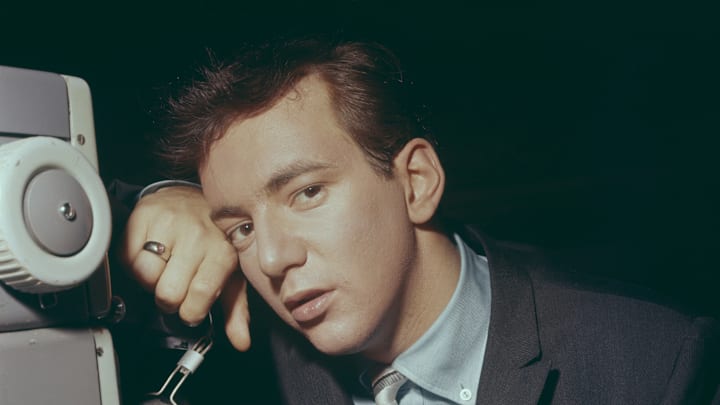No. 2 - Time Out – Dave Brubeck Quartet
This 1959 release was the first jazz album to sell over a million copies, and it’s easy to see why. Featuring terrific album artwork (once again by S. Neil Fujita) as well as engaging excursions into intriguing time signatures from an extremely tight-knit four-piece, this album contains a bevy of classic tracks.
“Blue Rondo a la Turk” in a Balkan-style 9/8 time? Check. “Pick Up Sticks” in a loosely flexible 6/4 time? Check. Of course, the standout number is “Take Five,” which is surprisingly the only song not written by Brubeck on this album (composed by saxophonist Paul Desmond) and slots in as the track in the tricky 5/4 time signature.
One of the most famous jazz tracks of all time, “Take Five,” and its parent album in general, still sounds fresh and vivacious 65 years after release.
No. 1 - Kind of Blue – Miles Davis
Was there ever any doubt? One of the greatest albums of all time and almost certainly the finest jazz album ever recorded, Miles Davis’s finest hour delivers one expertly crafted jazz gem after another, and then the album is over – simply begging to be restarted and listened to from start to finish again and again.
Some albums irrevocably alter the state of music, and Kind of Blue certainly qualifies as one of them. This album was hugely innovative thanks to its focus on modality; it stands as a collection of modal sketches, where each performer was equipped with a set of scales defining the boundaries of their improvisation and style. This method diverged sharply from the conventional approach, which involves giving musicians a complete score or, in the case of improvisational jazz, providing a chord progression or a series of harmonies.
Arguably featuring Davis’s best all-around quintet – himself on trumpet, John Coltrane on saxophone (except when equally gifted saxophonist Cannonball Adderley steps in on “Blue in Green”), Bill Evans on piano (except for “Freddie Freeloader,” which features Wynton Kelly), Paul Chambers on bass and Jimmy Cobb on drums – this album oozes class and is supremely well-produced, flawlessly performed and eminently well written. A knockout from start to finish.
